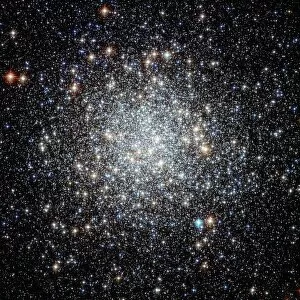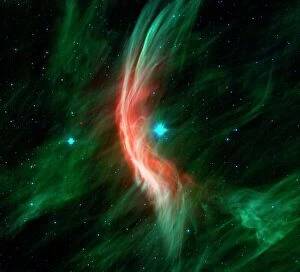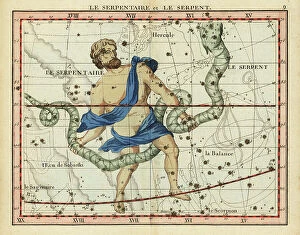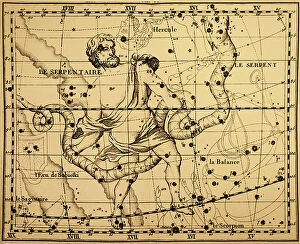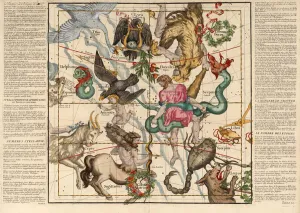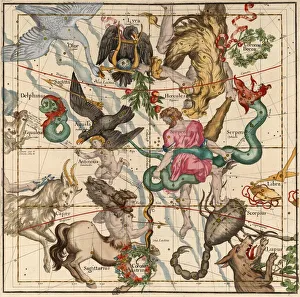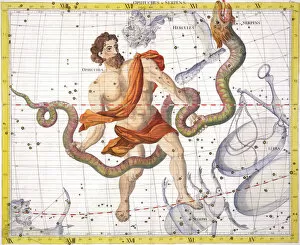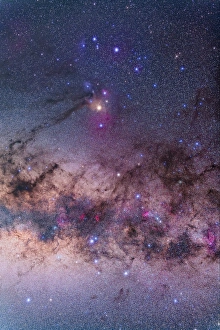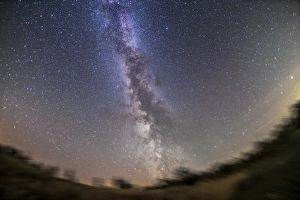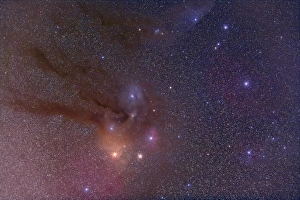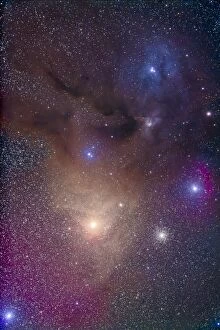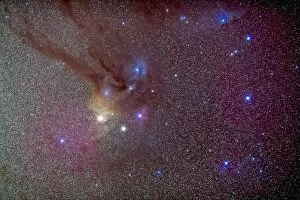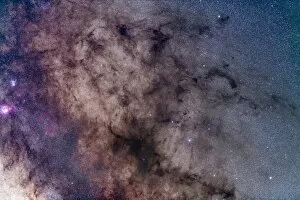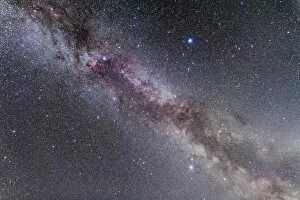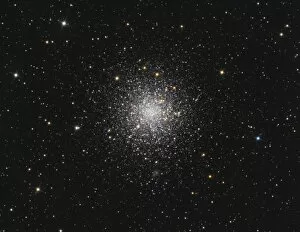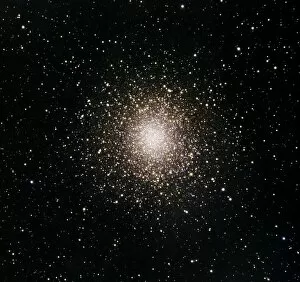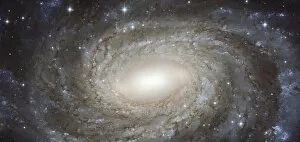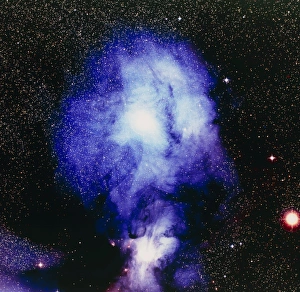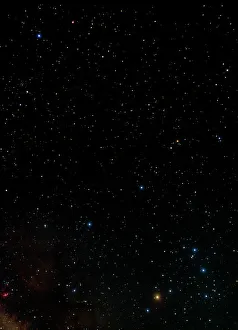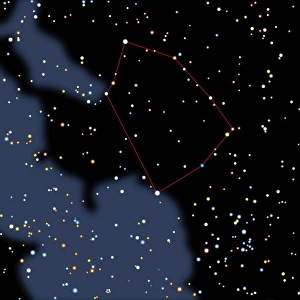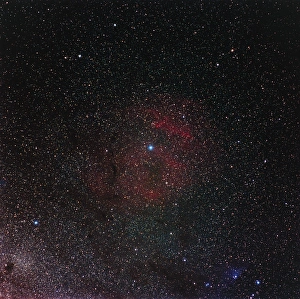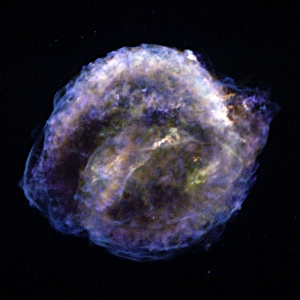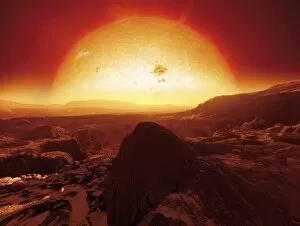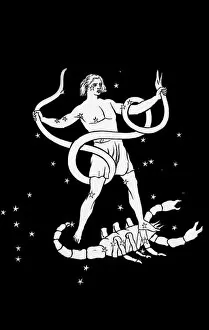Ophiuchus Collection
"Ophiuchus: Unveiling the Mysteries of the Celestial Serpent" In the vast expanse of our universe
All Professionally Made to Order for Quick Shipping
"Ophiuchus: Unveiling the Mysteries of the Celestial Serpent" In the vast expanse of our universe, Ophiuchus stands as a constellation that has captivated astronomers and stargazers alike. This enigmatic celestial figure holds within its grasp a multitude of wonders, each offering glimpses into the secrets of our cosmos. One such marvel is the M9 globular cluster, an ethereal gathering of stars residing in Ophiuchus' realm. As captured by the Hubble Space Telescope (HST), this mesmerizing image reveals a breathtaking tapestry of celestial bodies, igniting our curiosity about distant galaxies and their intricate dance through space. Moving closer to home, we encounter Zeta Ophiuchi's bow shock—a captivating phenomenon unveiled through an infrared image known as C016 / 9726. This stunning display showcases how this massive star plows through interstellar material with incredible force, creating ripples akin to waves crashing against a shore. Delving into history, we find ourselves transported back to ancient times when civilizations revered celestial events like Winter Solstice. Plate 5 from Globi coelestis in tabulas planas redacti descriptio offers us a glimpse into these age-old traditions and reminds us of humanity's enduring fascination with cosmic phenomena. The Constellation of Ophiucus itself has been documented since 1729 when it was first recognized by astronomers who sought to map out the heavens above. Its serpentine form intertwines with neighboring constellations like Scorpius and Lupus—forming an awe-inspiring panorama visible in certain regions along Earth's southern Milky Way. Tracing back even further in time, we discover Babylonian records dating back to the Second Dynasty of Isin during Nebuchadnezzar II's reign—an era where early astronomers began unraveling Ophiuchus' mysteries long before modern technology graced our skies.

